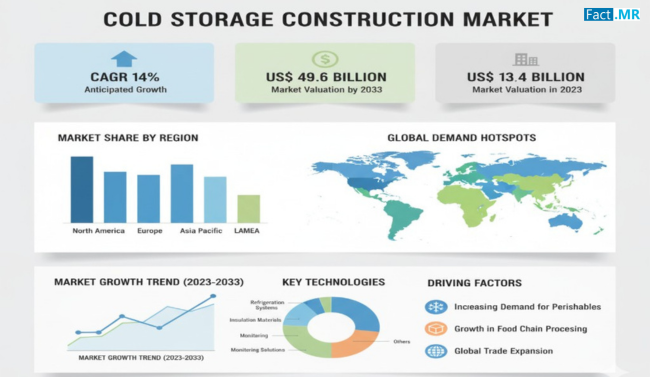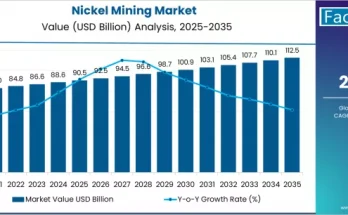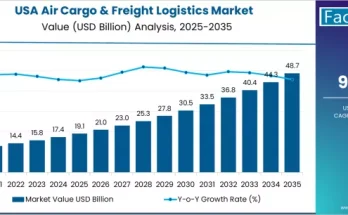Cold storage construction is becoming a critical component in global supply chains, particularly as demand for perishable goods, pharmaceuticals, and frozen food products continues to rise. These facilities are essential for maintaining product quality, extending shelf life, and ensuring safety across industries. From food and beverages to healthcare and chemicals, cold storage solutions allow businesses to store temperature-sensitive items effectively, reduce waste, and meet stringent regulatory requirements.
Market Overview:
The cold storage construction market encompasses the design, development, and maintenance of temperature-controlled storage facilities. These facilities rely on advanced refrigeration systems, humidity and moisture control, and proper insulation to maintain consistent low temperatures. Cold storage warehouses range from production stores and bulk storage facilities to port-based cold storage hubs, each serving a distinct purpose in the supply chain.
Modern cold storage facilities integrate technology such as automated dock-to-stock systems, real-time inventory tracking, and disaster preparedness protocols. These advancements ensure that goods like fruits, vegetables, meat, dairy, pharmaceuticals, and processed foods maintain optimal conditions from production to end-user delivery. Third-party logistics providers (3PLs) often play a vital role in managing these facilities, allowing manufacturers to streamline operations and focus on core business activities.
Regional Insights:
Asia-Pacific is a rapidly growing market for cold storage construction, driven by expanding manufacturing sectors and the increasing trade of perishable goods. Countries like China, Japan, and South Korea are heavily investing in modern cold storage solutions to meet growing consumer demand and support large-scale frozen food operations.
North America, particularly the United States, remains a mature market, with significant investments in healthcare and pharmaceutical cold storage facilities. The region benefits from advanced technology adoption and robust regulatory frameworks, ensuring high standards for storage and distribution of temperature-sensitive products. Europe is also witnessing steady growth, with countries like Germany and the United Kingdom focusing on upgrading their cold storage infrastructure to support both food and medical industries.
Key Trends and Forecast:
Several trends are shaping the cold storage construction market:
- Growth of Frozen Food Sector:Consumer preference for ready-to-eat and frozen meals is driving demand for large-scale cold storage facilities to preserve freshness and ensure long shelf life.
- Pharmaceutical Cold Storage:The expansion of biologics, vaccines, and specialty medicines requires precise temperature-controlled storage, particularly in hospitals and research institutions.
- Technological Integration:Automation technologies such as robotics, conveyor systems, and cloud-based inventory management are being increasingly adopted to enhance operational efficiency.
- Sustainability Efforts:Energy-efficient refrigeration systems and eco-friendly building materials are becoming more prevalent as industries aim to reduce environmental impact.
Applications and End-Use Outlook:
Cold storage facilities serve a variety of industries, each with unique storage requirements:
- Food & Beverage:Extending the freshness of perishable products, reducing spoilage, and enabling large-scale distribution.
- Pharmaceuticals & Healthcare:Maintaining the integrity of temperature-sensitive drugs, vaccines, and biologics.
- Chemicals:Storing temperature-sensitive chemicals and raw materials safely to prevent degradation.
- Retail & Distribution:Supporting the growing e-commerce and retail frozen food markets by ensuring consistent product quality during transportation and storage.
Challenges and Market Restraints:
Despite strong growth, cold storage construction faces certain challenges. High infrastructure and maintenance costs can be prohibitive, especially in emerging markets. Maintaining a reliable power supply for refrigeration equipment is crucial, and fluctuating energy costs may impact operational efficiency. Additionally, regulatory compliance related to cold chain management and environmental standards adds complexity to construction and operational processes.
Country-wise Analysis:
The United States leads the North American market, driven by the pharmaceutical and biotechnology sectors, ongoing R&D activities, and the need for efficient storage of vaccines and temperature-sensitive drugs. In the United Kingdom, rising demand for frozen foods, including ready-to-eat meals and snacks, is fueling investment in cold storage facilities. Across Asia-Pacific, rapid industrialization and growing consumer demand for fresh and frozen food products are encouraging the construction of state-of-the-art cold storage warehouses.
Conclusion:
Cold storage construction is pivotal to modern supply chains, ensuring the safe storage and transportation of temperature-sensitive products across industries. With advancements in automation, refrigeration technology, and sustainable construction practices, these facilities are becoming increasingly efficient and reliable. Businesses investing in robust cold storage solutions are better positioned to meet consumer demands, maintain product quality, and comply with regulatory standards. As the global need for perishable goods and pharmaceuticals continues to grow, the cold storage construction market is poised for significant expansion, playing a vital role in food security, healthcare delivery, and global trade.



